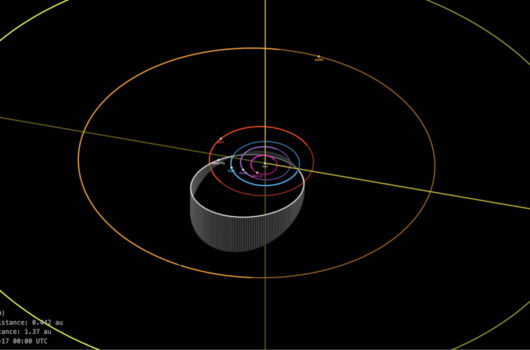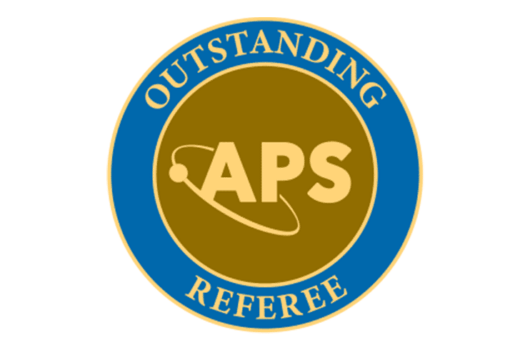Author: sylvia
-
research-publ
Does the Sun have a dark disk?
The Sun is not quite a perfect sphere, and its oblateness, thought to be induced through its rotation, has been measured using optical observations of its radius. Its gravitational quadrupole […]
-
research-publ
Binary Neutron Star Mergers as Potential Sources for Ultra-High-Energy Cosmic Rays and High-Energy Neutrinos
Recent studies suggest that the most energetic cosmic rays, exceeding 100 EeV, may primarily consist of r-process nuclei. This highlights binary neutron star mergers and collapsars as promising sources of […]
-
research-publ
From chiral effective field theory to perturbative QCD: A Bayesian model mixing approach to symmetric nuclear matter
Constraining the equation of state (EOS) of strongly interacting, dense matter is the focus of intense experimental, observational, and theoretical effort. Chiral effective field theory (χEFT) can describe the EOS between […]
-
research-publ
Predicting the outcome of collisional neutrino flavor conversion
Collisional flavor instabilities, driven by differing neutrino and antineutrino reaction rates, are expected to occur in dense astrophysical environments like supernovae and neutron star mergers, but have yet to be […]
-
research-publ
Primordial neutrinos fade to gray: constraints from cosmological observables
We investigate the effect of potentially large distortions of the relic neutrino spectra on cosmological this http URL that end, we consider a phenomenological model of “gray” spectral distributions, described […]



